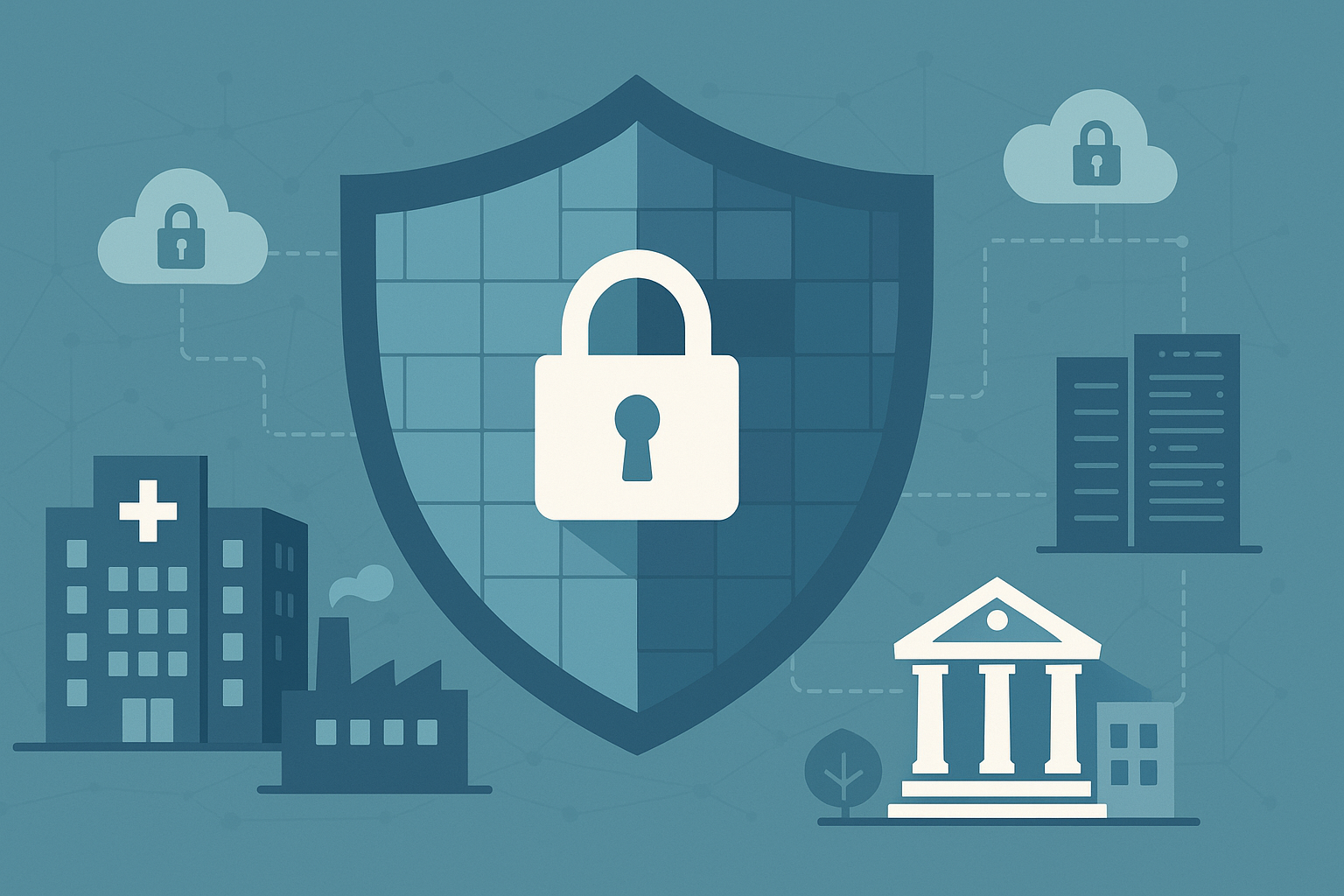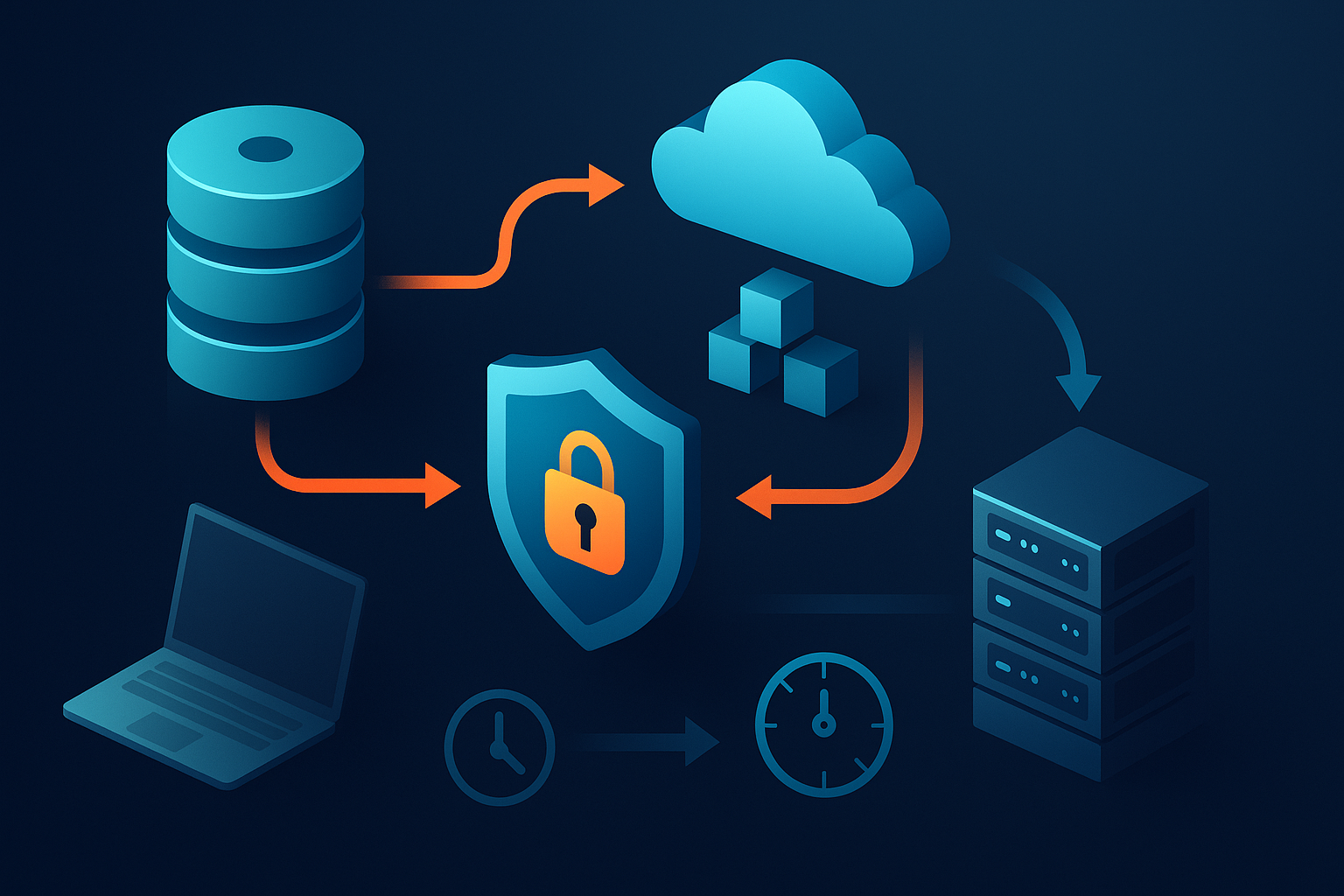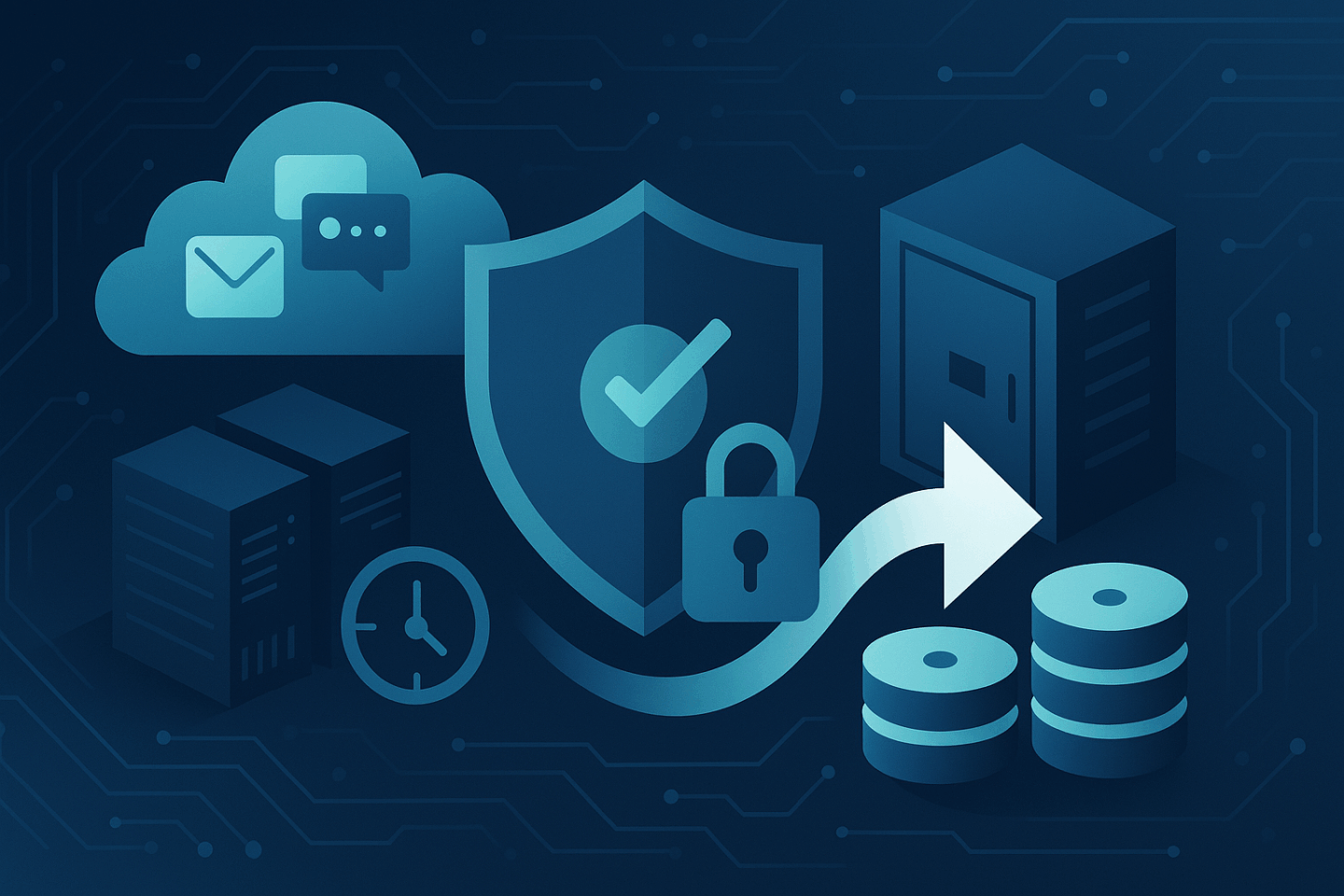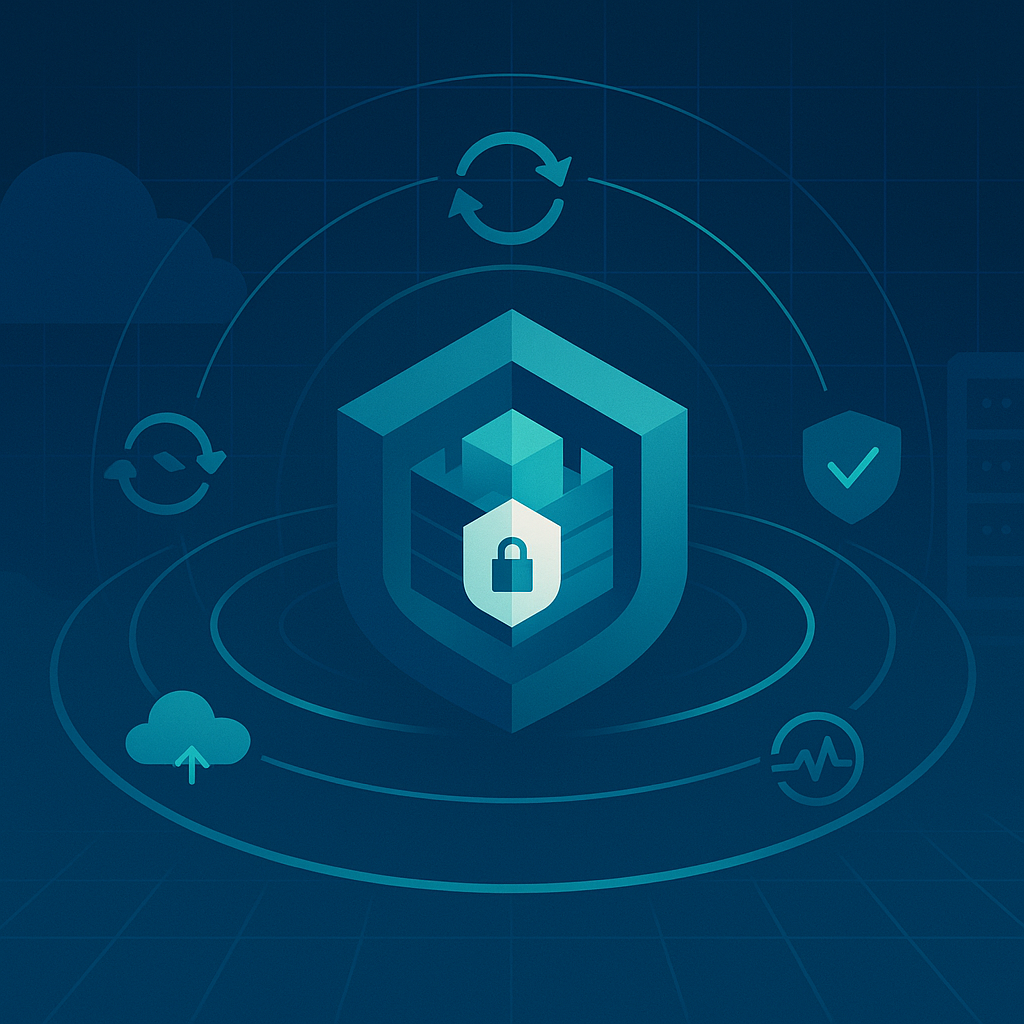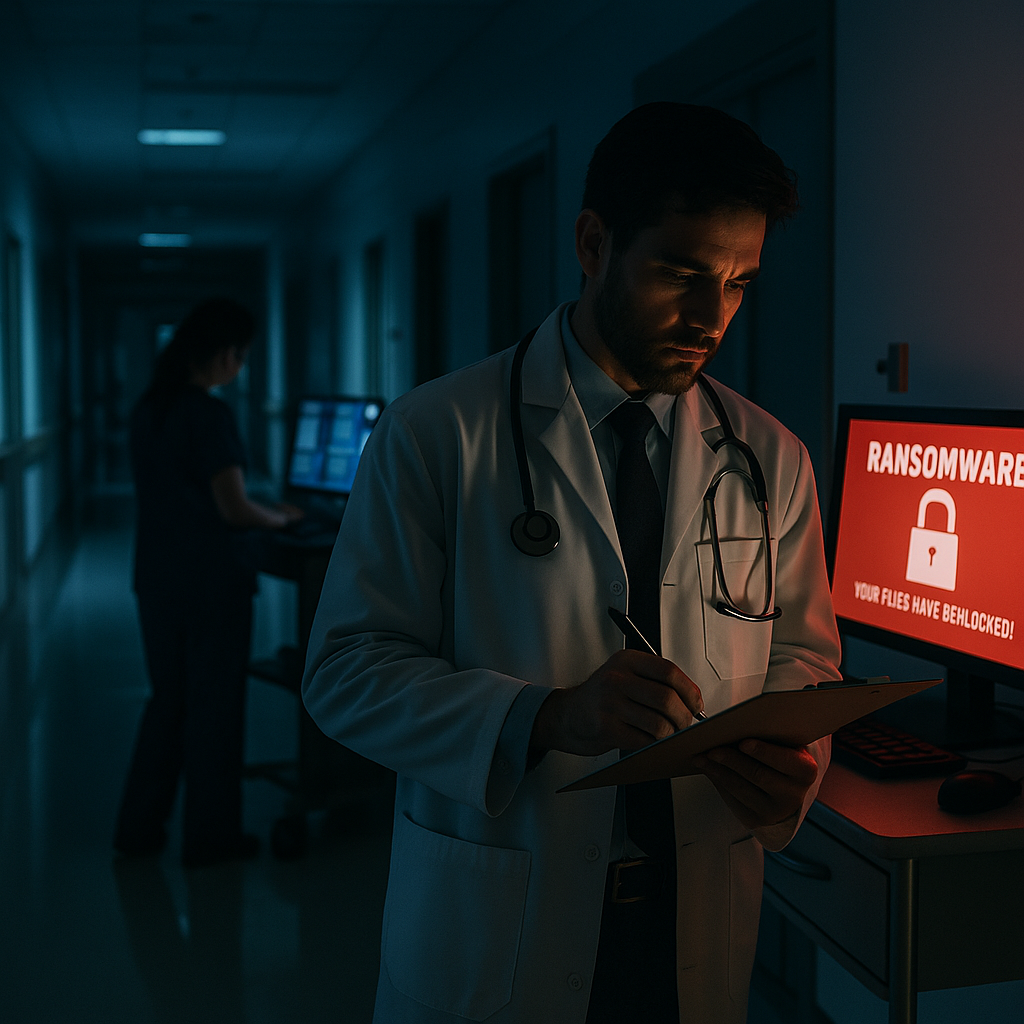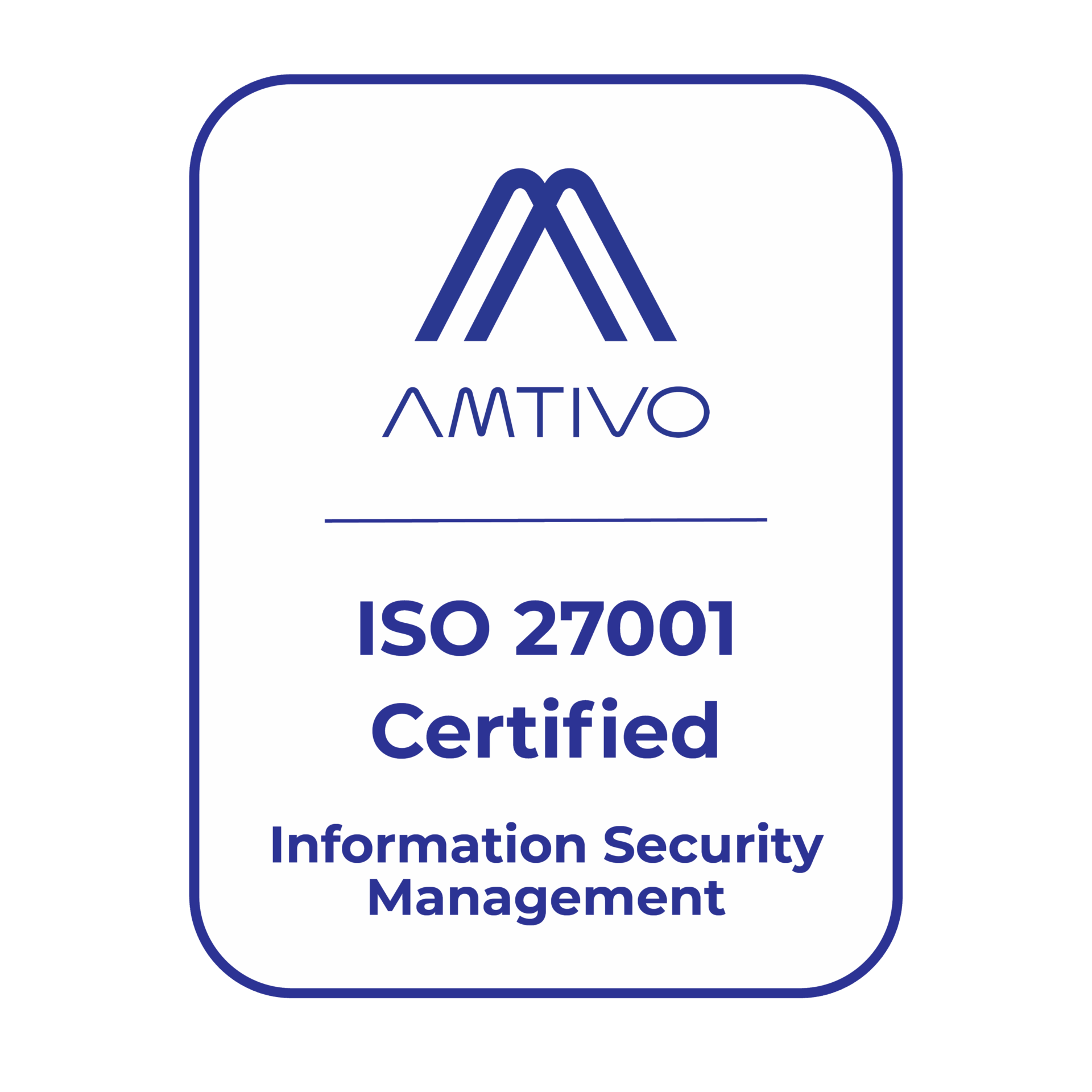DATA PROTECTION TRENDS, NEWS & BACKUP TIPS
Record Ransomware Payouts in Q2 2025 Underscore Need for Resilience
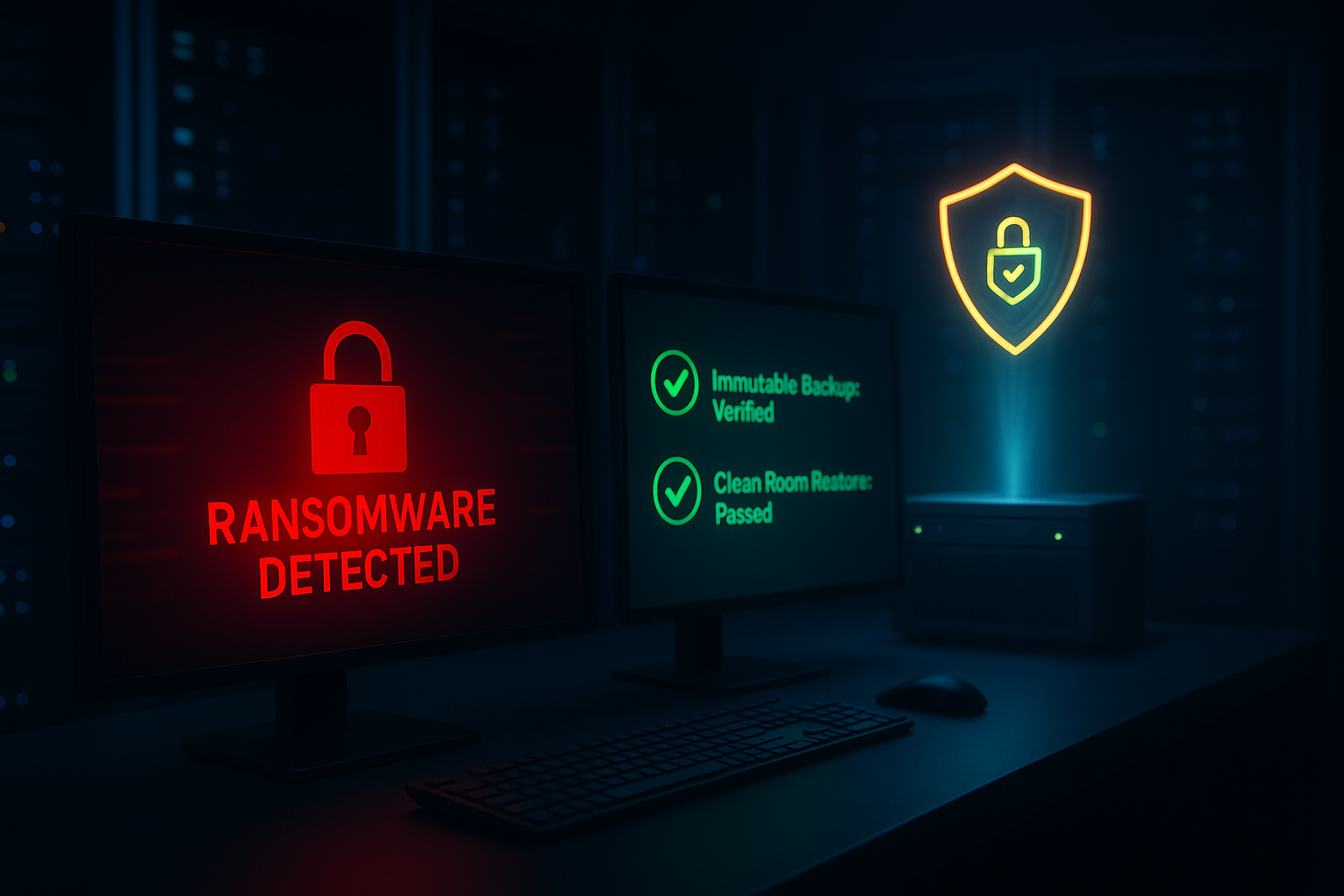
Imagine being the IT lead at a 300 person company when Monday morning hits. A ransom note flashes on your screen. Files are encrypted, and attackers demand nearly half a million dollars. Your first reaction is worry, which is normal. Then you remember the data that framed this moment. In Q2 2025, the average ransom climbed to about $1.13 million dollars, a 104 percent jump from Q1, and the median doubled to roughly 400,000 dollars. What used to feel like an enterprise sized nightmare now lands directly on mid-market teams.
The pressure does not stop at encryption. Attackers have shifted toward double extortion. In 74 percent of recent cases they stole data as well as encrypting systems. Even if someone pays, there is no guarantee that sensitive information will stay private. They hold companies hostage twice, first by locking files, then by threatening to publish stolen data.
For SMB and mid-market leaders, the lesson is practical. You do not need to outspend a global enterprise to protect your mission. You need a recovery plan that works under stress. The goal is to keep people working, serve customers, and avoid paying to unlock what you can safely restore.
What the Q2 2025 numbers mean for you
- Average ransom about $1.13 million dollars, up 104 percent quarter over quarter
- Median ransom about $400,000 dollars, up 100 percent
- Data theft in 74 percent of cases, which fuels extortion pressure
- Most victims mid sized organizations with 11 to 1,000 employees
These trends show why mid sized businesses are in the crosshairs. You have valuable data and budget, yet not always the layered defenses or the in house recovery staffing of a large enterprise. The good news is that resilience is achievable with a focused plan.
Why attackers favor mid sized firms
Small teams do incredible work, but they carry many responsibilities. A single phish can open the door. If backups sit on the same network as production, or if credentials are shared across systems, a routine incident can become a long outage. Attackers understand this reality. They aim for organizations that can pay, yet lack the depth to recover quickly.
You can change that equation. When you can restore systems from clean copies, the conversation with criminals ends quickly. Recovery becomes a business decision you control.
Double extortion in plain language
The pattern is simple. Attackers quietly copy sensitive files, then encrypt servers, then demand payment. If a company refuses, they threaten to post the data. Backups alone do not stop the leak risk. This is why a modern plan combines protected backups, strong identity, and practiced communication. You remove leverage by restoring service quickly and handling disclosure with clarity if needed.
A resilient recovery plan, step by step
1) Keep off site, isolated copies of critical data
Follow the 3 2 1 rule at minimum. Maintain three copies, on two different media types, with one copy off site. For your most important workloads, use an additional off line or logically air gapped copy. If an attacker reaches production, your off site copy stays clean and ready.
2) Make backups immutable by default
Use storage that prevents changes or deletions for a defined period. Write once, read many options and object lock features keep recovery points intact, even if an attacker gains admin credentials. Immutability preserves your leverage.
3) Separate identity and limit blast radius
Use unique credentials for backup administration. Enforce multifactor authentication for every privileged action. Apply least privilege so no single account can change retention, delete backups, or alter immutability without peer review. Segmentation keeps one foothold from becoming a total compromise.
4) Test restoration in a clean room
Plan where you will restore before you need it. A clean room is an isolated environment where you spin up systems from backups, scan for malware, and validate that applications truly work. Schedule full application restores, not just file level tests. Measure time to user access and time to normal operations. Evidence builds confidence.
5) Automate monitoring and make changes visible
Alert on unusual logins to the backup platform, large exports, new destinations, or edits to retention and immutability policies. Send alerts to a channel that someone watches after hours. Keep logs separate so they remain available during an incident.
6) Practice the people work
Document who declares an incident, who approves a failover, how to communicate status, and how to coordinate with legal and customer facing teams if data theft is suspected. Short, clear runbooks remove guesswork.
How BRaaS and DRaaS reduce pressure and downtime
Many lean teams know what to do, but time and staffing are tight. This is where managed services help.
Backup and Recovery as a Service (BRaaS)
CyberFortress BRaaS delivers policy driven backups with immutability, encryption, and strict role based access. We separate backup identity from production, enforce multifactor authentication, and run routine health checks and test restores. You get clean, verified recovery points and clear reports that show readiness.
Disaster Recovery as a Service (DRaaS)
CyberFortress DRaaS orchestrates fast, orderly recovery in an isolated environment. We can bring up critical systems in a clean room, scan images, and validate function before reconnecting to production. Networking, security, and authentication steps are automated, which turns an unplanned outage into a predictable process with realistic RTO and RPO.
Together, BRaaS and DRaaS give you options on a hard day. If ransomware strikes, you restore on your timeline from copies attackers cannot touch. If data theft is suspected, you continue serving customers while your team handles disclosure with care.
Bring it together with a short plan this week
- List your top five systems to recover, set RTO and RPO targets
- Confirm one immutable, off site copy for each priority workload
- Schedule a full application restore test into a clean room
- Turn findings into two or three small improvements with owners and dates
- Review who declares an incident and who communicates status
This is steady work, not a sprint. Each step reduces downtime risk and removes pressure to pay.
Record payouts in Q2 2025 are not a reason to panic. They are a reminder to prepare. When backups are immutable, identity is enforced, monitoring is active, and recovery is practiced, your organization keeps control. If an attacker demands payment, your answer is simple. No, we will restore safely and move forward. Schedule a meeting with a CyberFortress backup recovery expert and fortify your plan.
